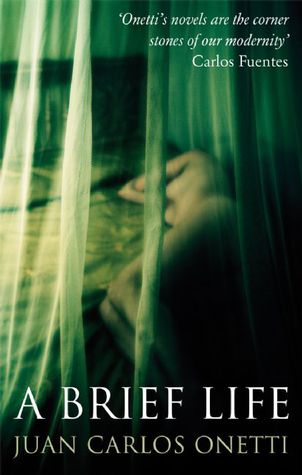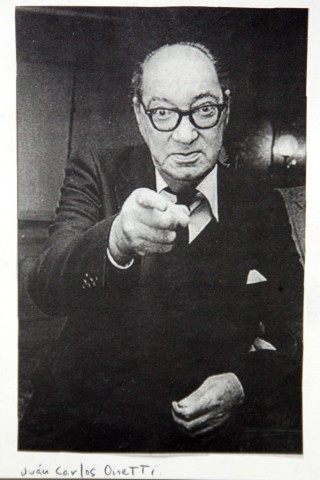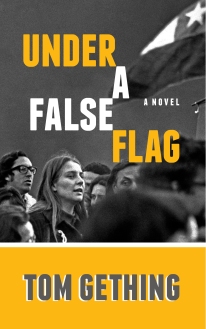 I’ve never been much of a graphic novel fan, mainly because I prefer to have an author’s words ignite my imagination. That said, I thoroughly enjoyed the new collaboration by Mexico’s most highly regarded crime novelist, Paco Ignacio Taibo II, and the illustrator Eko.
I’ve never been much of a graphic novel fan, mainly because I prefer to have an author’s words ignite my imagination. That said, I thoroughly enjoyed the new collaboration by Mexico’s most highly regarded crime novelist, Paco Ignacio Taibo II, and the illustrator Eko.
 Pancho Villa Takes Zacatecas (published by Restless Books in an English translation by Nina Arazoza) celebrates so many things Mexican. For one, the 100th anniversary of the Battle of Zacatecas—the bloodiest engagement of the Mexican Revolution—which took place on June 23, 1914.
Pancho Villa Takes Zacatecas (published by Restless Books in an English translation by Nina Arazoza) celebrates so many things Mexican. For one, the 100th anniversary of the Battle of Zacatecas—the bloodiest engagement of the Mexican Revolution—which took place on June 23, 1914.
Under the leadership of General Francisco “Pancho” Villa, the insurgent División del Norte fought the federal troops of President Victoriano Huerta. By routing Huerta’s army and taking the city’s strategic railroad junction, the revolutionaries forced Huerta’s resignation. Afterward, the Division of the North proceeded to Mexico City to meet Emiliano Zapata’s troops coming from the south. Villa’s victory was soon memorialized in the Mexican corrido, “La toma de zacatecas” (listen here).
Paco Ignacio Taibo’s minimal text deploys a fictional character, Colonel Montejo, loosely based on a historical figure, to tell the story of Villa’s famous victory. In the U.S., Pancho Villa is remembered as the “bandit” who shot up and burned Columbus, New Mexico, killing eighteen people, which prompted President Wilson to send General John J. Pershing and 5000 troops into Chihuahua in pursuit. But in Mexico Villa is a revered revolutionary leader.
The illustrations by Eko are the most impressive aspect of this novel. I was unfamiliar with this Mexican artist, but it turns out he has done work for the New York Times, Frankfurter Allgemeine Zeitung, and other newspapers. Here, his inspiration comes from the great Mexican caricaturist, José Guadeloupe Posada. Posada used Day of the Dead calaveras to lampoon the political corruption at the height of the dictatorship of Porfirio Díaz and during the chaos that followed in the days of the revolution.
In an interview published by Restless Books, Eko says: “Posada to me is the first urban artist, a guerrilla for art. His work is made for the streets and the people. He uses the cheapest paper and makes his prints everyday with gossip, murders, and political criticism. Posada is the teacher of Banksy, Shepard Fairey, and all those new artists. But Posada is different because he worked to the limit, in the middle of a war.”
In Eko’s style there is also a nod to the great muralists of the Mexican Revolution: Orozco, Siqueiros, and Rivera, as can be seen in the page below.
I was somewhat apprehensive buying a graphic novel as an eBook. On an old Kindle the illustrations are okay, but on an iPad they come through crisply, and the ability to enlarge them makes it even easier to admire their many fine details.











